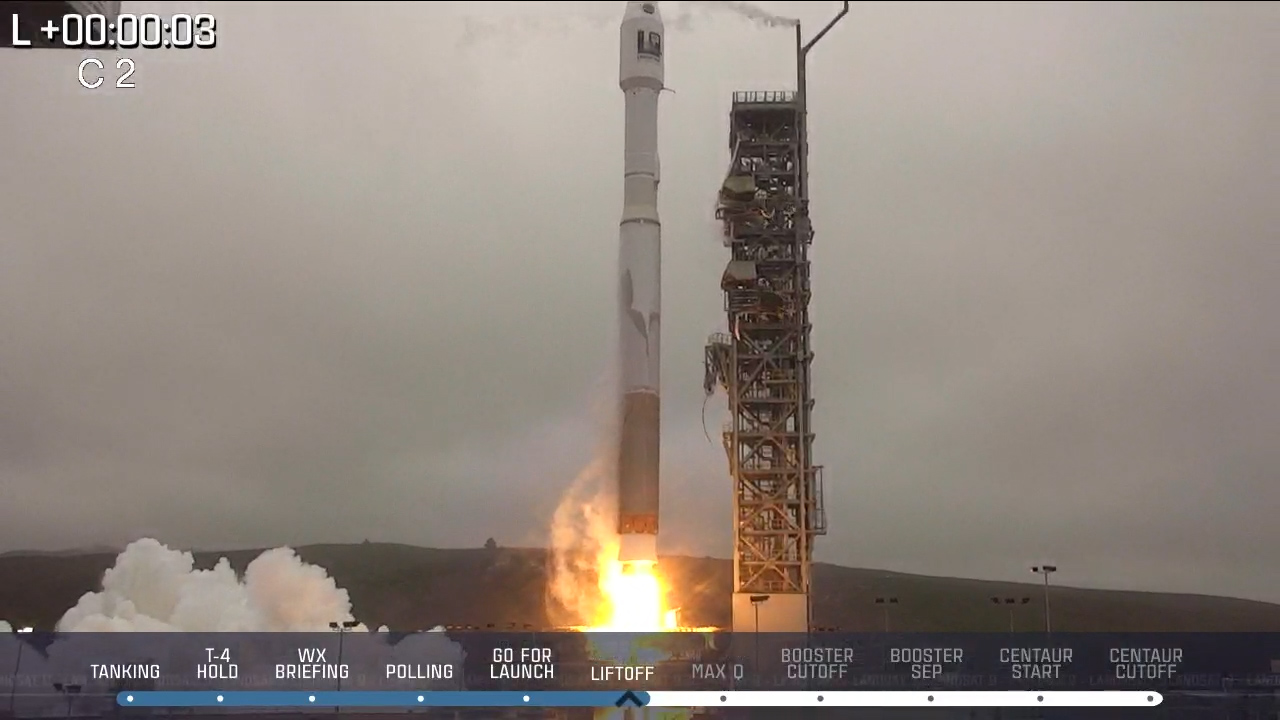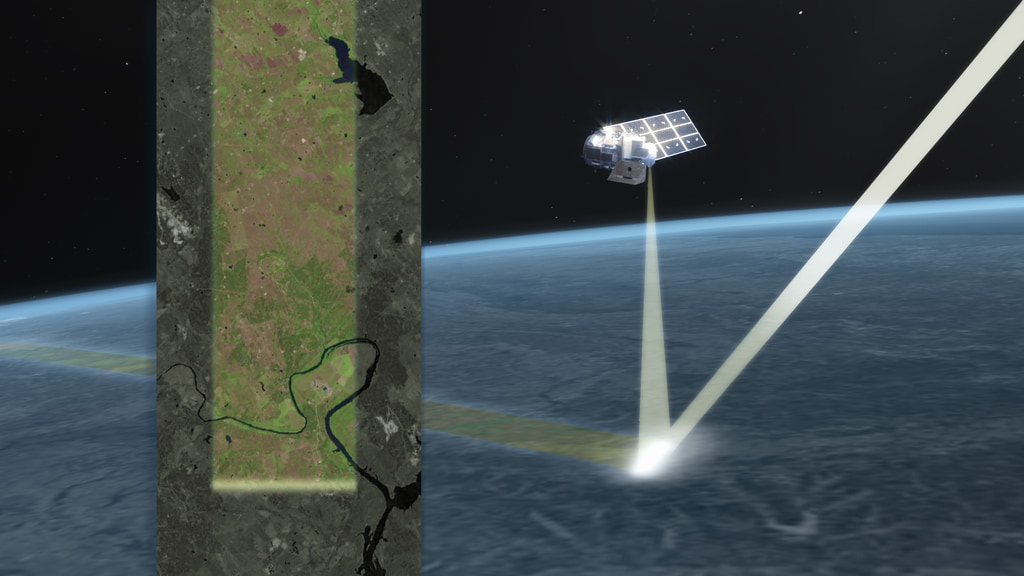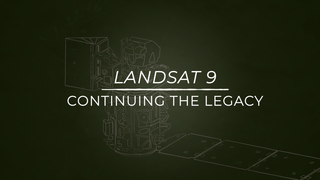9 Things About Landsat 9
In anticipation of the launch of Landsat 9, we count down 9 things about the Landsat mission, the science, the technology and the people who continue its legacy. Each item on the list had a short video that was released in the nine days leading up to the launch. They are compiled into one video that was released on the NASA Goddard YouTube channel.
In celebration of the launch of Landsat 9, we count down 9 things about the Landsat mission, the science, the technology and the people who continue its legacy.
Music: "Thought and Passion," "Hot Air Balloon Trip," "Cristal Delight," "Flying Aloft," "Castles and Cathedrals," "On Going Steps," "Ongoing Journey," "Home Staging," "Arpology," "All Life Long," "Luv Beam," "Interchangeable Parts," "Electricity Tracks," "Digital Travelers," "Hyperion," Universal Production Music.
Discover more at https://nasa.gov/landsat9!
Credits
Please give credit for this item to:
NASA's Goddard Space Flight Center
-
Animators
- Adriana Manrique Gutierrez (KBR Wyle Services, LLC)
- Ryan Fitzgibbons (KBR Wyle Services, LLC)
-
Producers
- Matthew Radcliff (KBR Wyle Services, LLC)
- LK Ward (KBR Wyle Services, LLC)
-
Writers
- LK Ward (KBR Wyle Services, LLC)
- Kate Ramsayer (Telophase)
- Matthew Radcliff (KBR Wyle Services, LLC)
-
Editor
- Ryan Fitzgibbons (KBR Wyle Services, LLC)
Missions
This page is related to the following missions:Release date
This page was originally published on Sunday, September 26, 2021.
This page was last updated on Wednesday, May 3, 2023 at 1:43 PM EDT.


